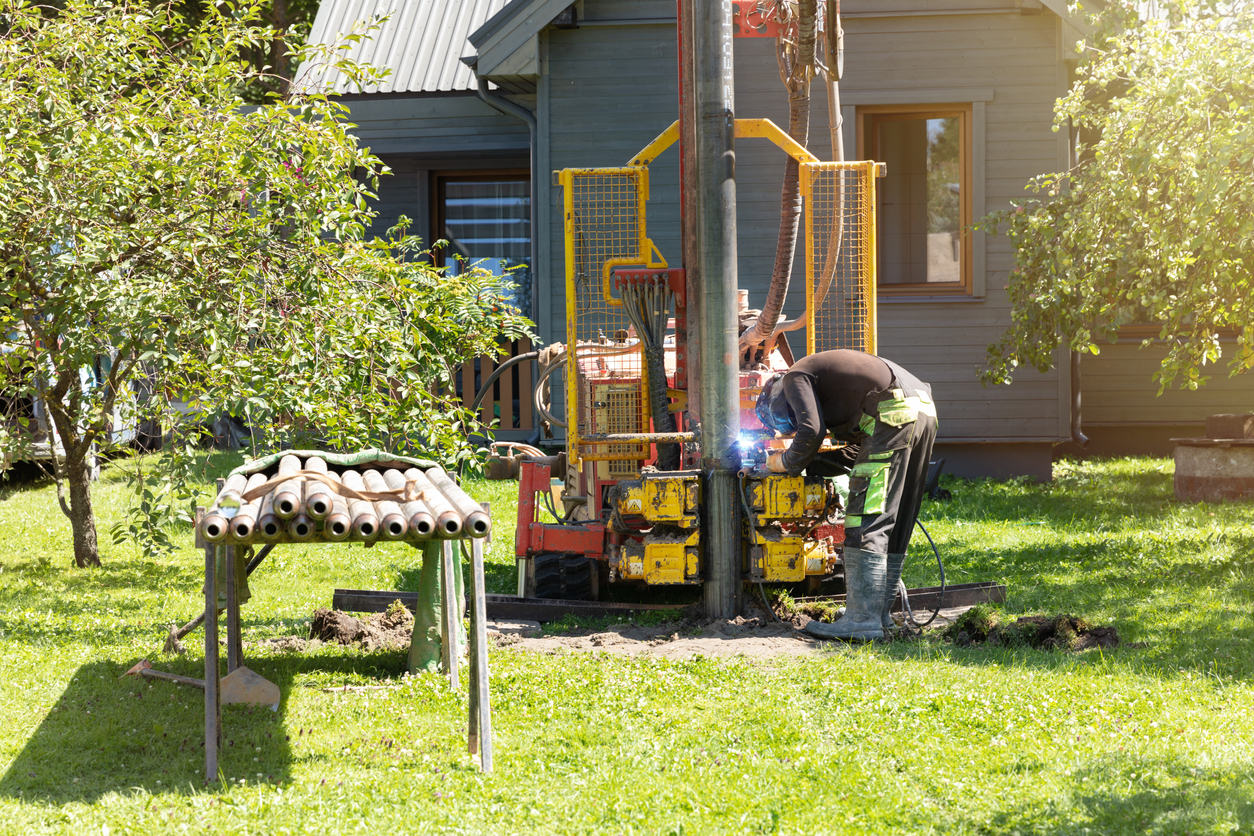
Drilling water wells requires trained personnel and the correct type of equipment and the groundwater driller must prepare for everything. Likewise, wells are necessary for any new residential or commercial building that needs a water source. The depth of wells necessitates powered equipment that speeds along the process and gets the job done safely.
Accidents, equipment damage, and injuries can cost a lot of money. Also, the drilling company may even face a lawsuit. A groundwater services insurance program can help to protect companies against claims and recover financial losses to lessen an incident’s impact on the business and ability to keep working.
Tools for Groundwater Drilling
The development of powered machines has replaced the need to drill wells through human labor alone. This method was slow, dangerous, and required intensive effort. Today, powered drills are capable of drilling faster and more profound. The main machine used for this type of work is a drill rig.
The type of drill required depends on the terrain of the job site. Some available drill rigs to choose from including rotary drilling rigs, down-the-hole drilling rigs, percussion drilling rigs, and top hammer drilling rigs.
How to Drill a Water Well with Various Tools and Methods
The right groundwater driller tools make the job possible. The driller must assess the job site and discover the types of material that they need to drill through, as well as the anticipated depth of the well. Understanding the job at hand is necessary for keeping costs low and choosing the correct drilling method. An active groundwater services insurance program protects in the event of accidents and lawsuits that occur during the job.
There are several methods to consider when drilling a water well. Each requires specialized techniques and equipment. These are the most common methods used:
- Jetting: Jetting uses a pump that forces a jet of water through a pipe to loosen soft sediment and bring the material to the surface. This type of drill requires hand rotation and uses just a water pump and some pipes.
- Cable tool: This method uses a steel cable to raise and drop the drill bit to bore the hole and is a type of percussion drilling. Water fills the opening to keep cut material suspended until a bailer removes it. There are a variety of sizes, and these can drill through any type of material.
- Mud rotary: This one uses the jetting method in combination with a more significant bit, and a steel drill pipe moved with a motor. Sometimes workers mix the clay into the water to make it easier to remove cuttings.
- Air rotary: Air rotary drilling is similar to mud rotary drilling but uses compressed air instead of mud to remove cuttings. It also includes the option to use a down-the-hole hammer.
Companies must know and understand all the available tools and methods for groundwater drilling. It allows them to select the proper method for any scenario to get the job done right.
About Watercolor Management
Watercolor Management has insured the water industry for over 30 years. Our policies include unlimited defense cost coverage in the event of a lawsuit against you. Call us at (855) 929-0824 or email info@watercolormanagement.com for a quick quote for your Water Business Professional, Products/Completed operations, Pollution, and General Liability Insurance.




